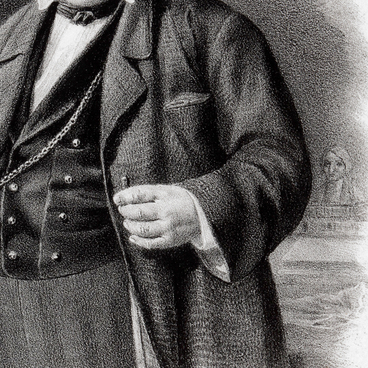Pushkin’s life and work were closely linked to Moscow. He was born in the city on May 26 (June 6), 1799 and spent his early years here. It was in Moscow that his first impressions, inclinations, and interests were formed, as well as his first literary endeavors. Here, he also developed his very first sense of self as a poet.
In 1811, after moving to study in St Petersburg, Pushkin left Moscow for a prolonged period of time. Tsarskoye Selo — St. Petersburg — Chisinau — Odessa — Mikhailovskoye; the years of study and exile separated the poet from his childhood city for 15 years. From 1826 to 1831, Pushkin frequently and for extended periods resided in Moscow. Here, he had many old friends and made new acquaintances within literary and journalistic circles. On February 18, 1831, he married in Moscow, bringing his young wife, Natalia Nikolayevna, to their home in Arbat Street. In the spring of 1831, the poet relocated to St. Petersburg but continued to visit Moscow annually, drawn here by his friendships, publishing matters, and archives which he needed for his historical works.


